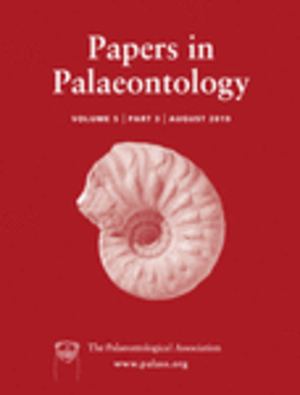Reg. Charity No. 1168330

The taxonomy of some non‐marine ostracod assemblages from the Dunarobba Fossil Forest area (south Tiberino Basin, Umbria, Italy) is discussed, adding to the scientific understanding of Piacenzian–Gelasian non‐marine ostracods in central Italy and providing a palaeoenvironmental reconstruction of the shallow coastal lacustrine environments of the Palaeolake Tiberino. The ostracod assemblages include Darwinula stevensoni, Vestalenula cylindrica, Candona (Candona) improvisa, Candona (Neglecandona) neglecta, Candona (Neglecandona) angulata, Candona (Neglecandona) paludinica, Caspiocypris basilicii, Caspiocypris tiberina, Candonopsis kingsleii, Cyclocypris ovum, Ilyocypris bradyi, Ilyocypris decipiens, Cypris mandelstami, Zonocypris membranae quadricella, Potamocypris fulva, Cyprideis crotonensis, Cyprideis rectangularis and two new species: Hemicypris lomastroi sp. nov. and Paralimnocythere turgida sp. nov. In addition to widespread European species, the ostracod assemblages contain some rare species that were previously known from the Pliocene Paludinian Beds of Serbia. A cluster analysis applied to the ostracod frequency matrix has lead to the identification of four separate assemblages that can be attributed to several ecological niches, including emerged hydrosols, ephemeral coastal pools and a littoral lacustrine margin, which suggest a complex coastal environment.